The copies of two works signed by Constantin Brancusi, Rugaciune/Prayer and Bustul lui Petre Stanescu/Bust of Petre Stanescu, became as famous as the originals, after they were stolen and became the subject of criminal cases, which were later closed, Agerpres reports.
"I Constantin Bracusi, undertake to personally execute a funeral monument for the account of Mrs. Eliza Petre Stanescu for the price of 7,500 lei, which price includes the complete execution of the composed monument as specified below, as well as the transport from Paris to the Buzeu train station. The monument consists of the following pieces: a stone plinth that will reach a height of 2 m up to 2 m 50, an allegorical figure representing a woman crying next to the plinth, a bust with arms similar to the photographs that Mrs. Stanescu will provide," says the writer Nicolae Penes in his book dubbed The City with Stolen Statues.
Prayer and Bust of Petre Stanescu are two works of major importance made by Constantin Brancusi, considered the most important sculptor of the 20th century. Their lines became equally famous after a series of thefts and after long investigations resolved with files that were one by one closed. Even at the moment, the original copy of the Prayer has not been found, and that of the work Bust of Petre Stanescu is strictly guarded in the Dumbrava Cemetery with surveillance systems.
Rugaciune/La priére/ Prayer is closely related to a tragedy that happened in the family of Petre Stanescu, a young lawyer in eastern city of Buzau. The dreams of his wife, Eliza Stanescu, would fall apart with the sudden disappearance of the man whom she had sworn her faith to. To honour his memory, the bereaved woman decides to erect a funerary monument at her husband's grave, requesting the help of Constantin Brancusi. This is how two great works were born, around 1910 - Bust of Petre Stanescu and Prayer, the original pieces being deposited at the Romanian Art Museum in 1958 and 1976, respectively. Equally important is also the plinth carved by the master Constantin Brancusi, in 1914, in stone from Magura in Buzau, after he lived for a period in the house of Eliza Stanescu. Instead of the two original works taken over by the Romanian Art Museum, two replicas signed by the same artist, cast in bronze, were installed in the Dumbrava Cemetery.
"About the Bust of Petre Stanescu we know that it is an extremely important work from the point of view of bronze sculpture, it is a funerary work par excellence, which is part, together with Prayer, of a funerary ensemble that was made by the sculptor Constantin Brancusi. It is located in the Dumbrava Cemetery. Unfortunately, because both the Prayer and the Bust of Petre Stanescu have been stolen several times, there is currently a copy of the Prayer, made in 2012, if I'm not mistaken, and on the plinth in the stone on which it stood for more than 20 years, after being recovered by the state authorities, the Bust was put back in 2019, the one that was found, the original," Daniel Costache, director of the Buzau County Museum, told AGERPRES.
The series of thefts began in 1995, when the two works weighing several hundred kilograms disappeared from the Dumbrava Cemetery. Prayer is found a year later, in 1996, but stolen again, the authorities not being able to track it down until now. The Bust of Petre Stanescu was recovered more than 20 years after the theft and was replaced in its original position.
At this moment, in the Heroes' Cemetery there is the replica signed by Brancusi of the Bust of Petre Stanescu and another copy, other than the original, made in 2012 of The Prayer.
"It is certain that the ensemble is in its original position, even if one of the pieces is a reconstruction of the original, it is about Prayer. The opera includes Buzau in the series of select cities, very few in Romania, that have works signed by Constantin Brancusi. There are works at the National Art Museum, in Craiova, Targu Jiu and Buzau,'' the manager of the Buzau County Museum Daniel Costache, said.
The theft of the two copies signed by Brancusi is not only discussed in the cultural environment. Within the Schengen Multifunctional Training Center, courses are taught on the crimes of theft in the case of works from the national heritage of Romania, Rugaciune and Bustul lui Petre Stanescu being two reference cases in this field.

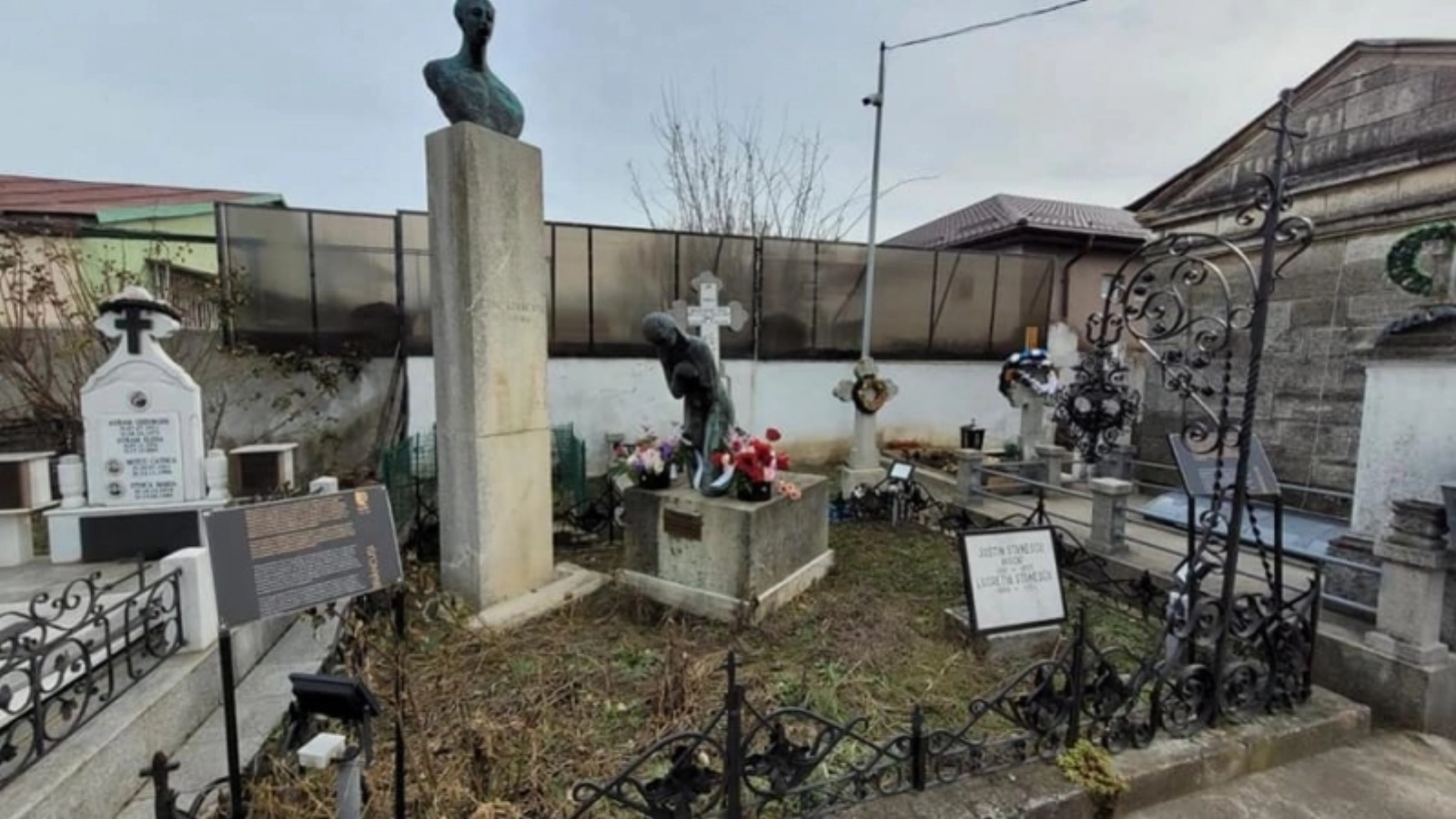

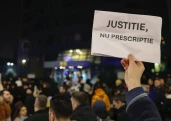


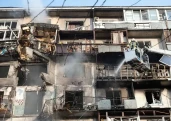
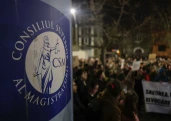

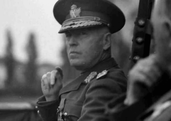
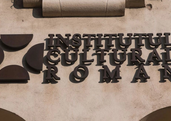


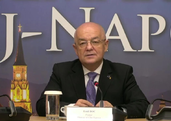








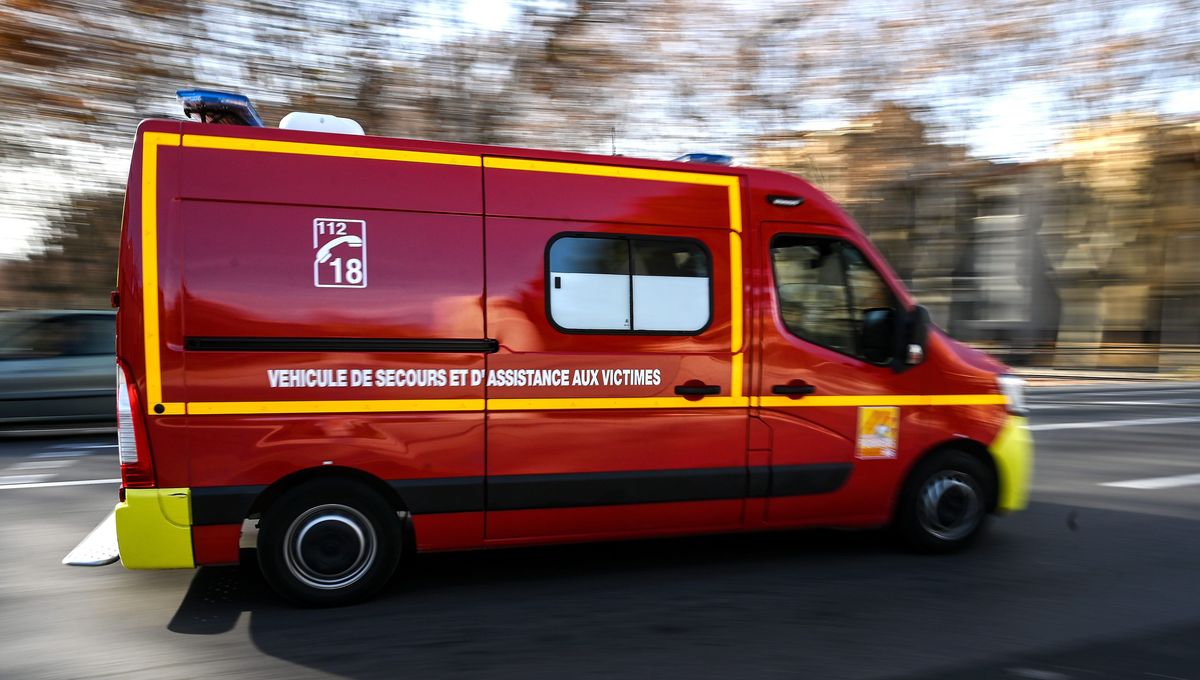
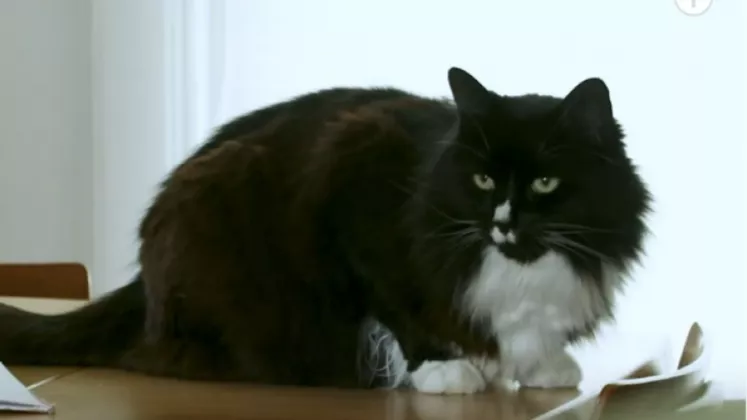
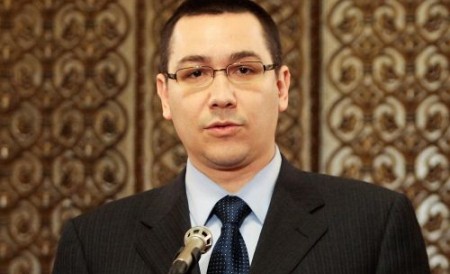

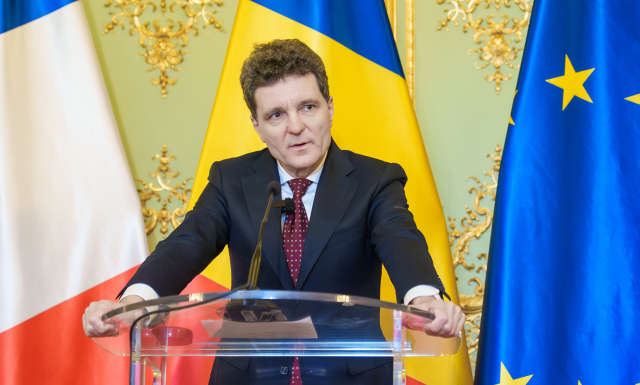
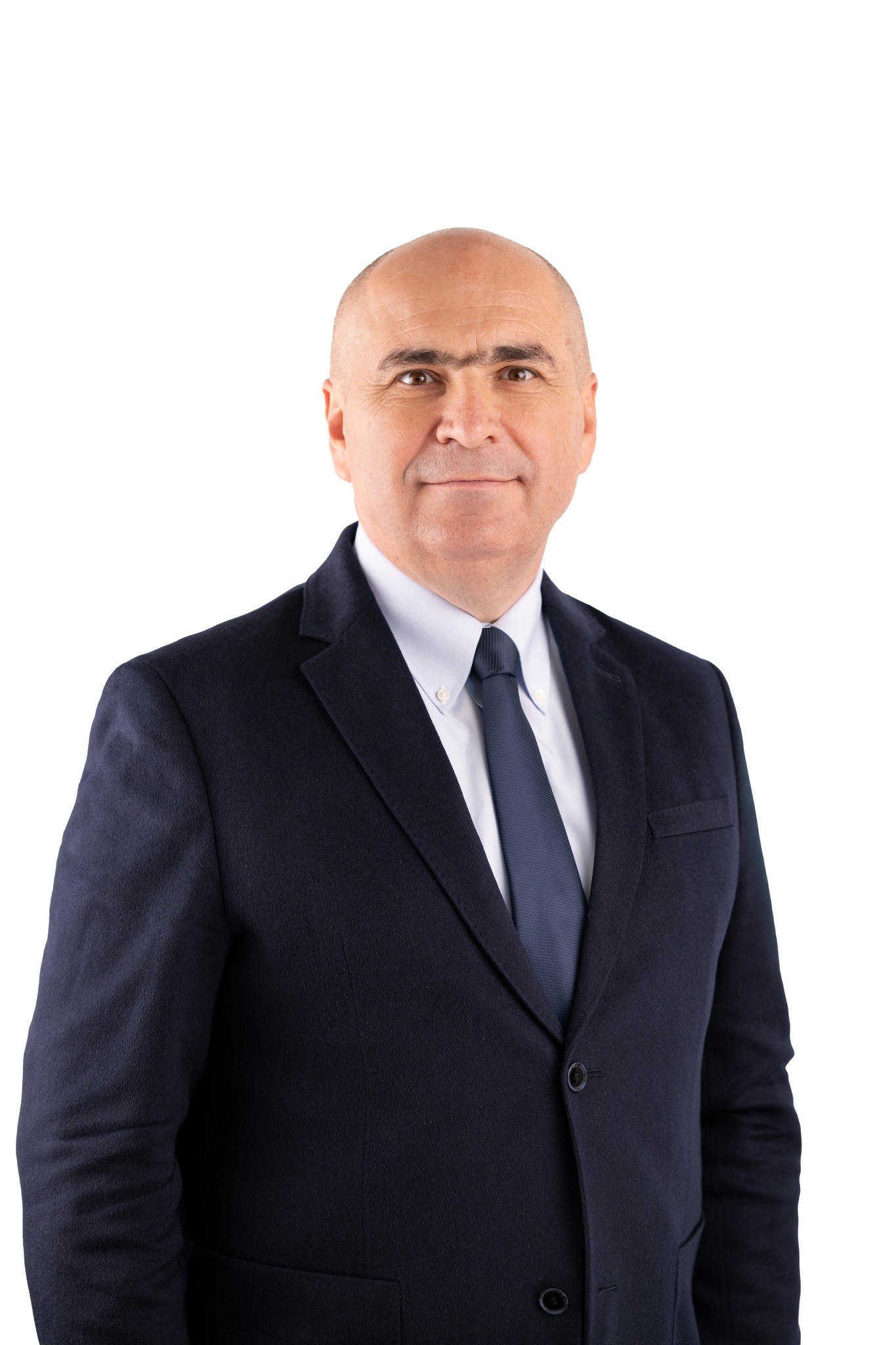




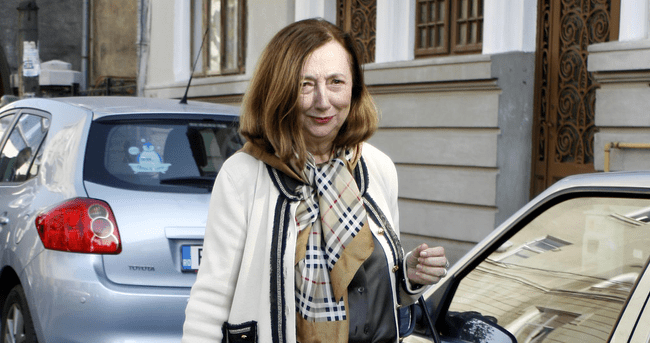



Comentează